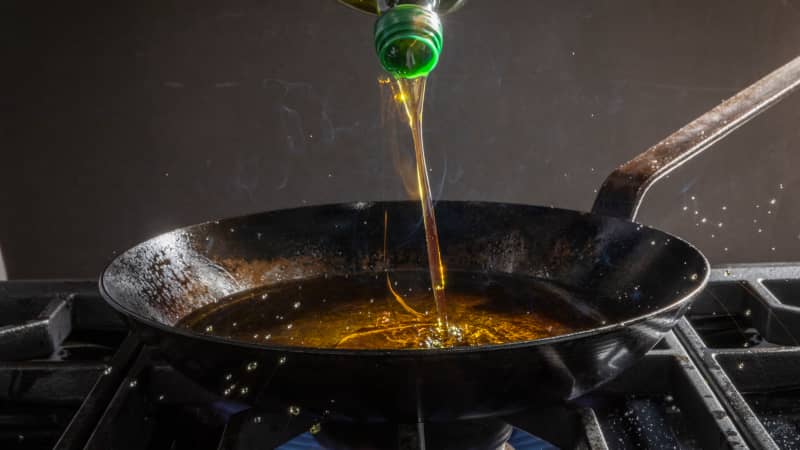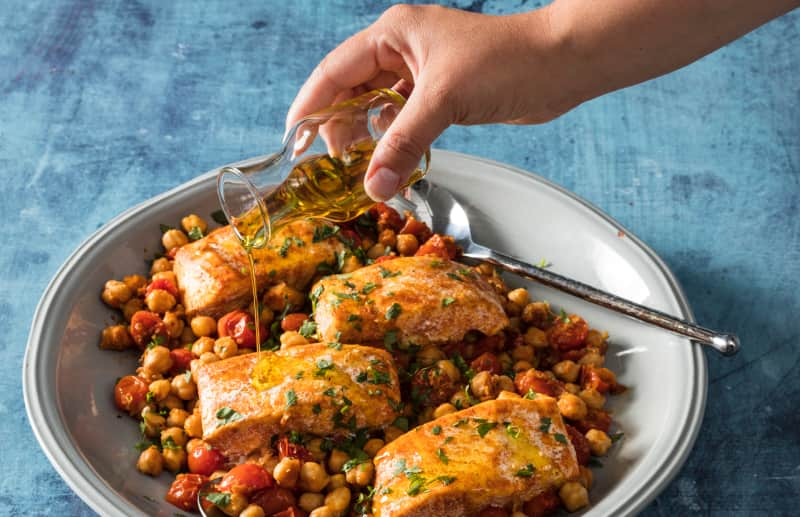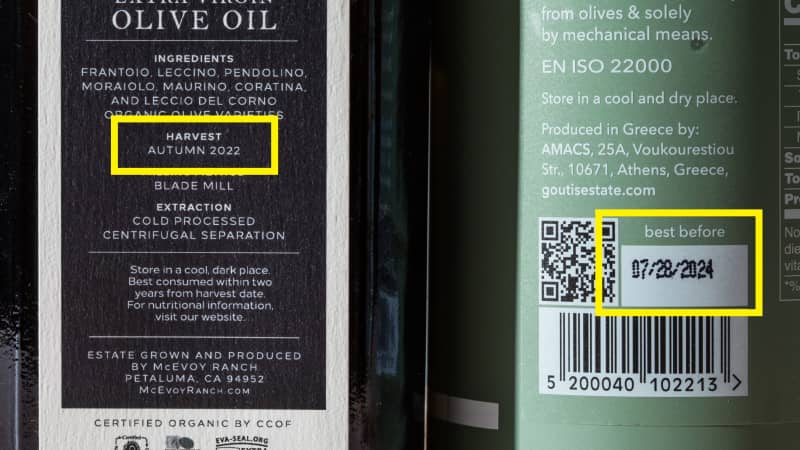Everyone knows something about olive oil.
But the level of chaos in that information is surprisingly high. You hear complicated stuff, even contradictory. There are a lot of special terms. What does “first cold pressed” even mean? Is there something bad that happens if you fry in it? (lowers voice to a whisper) Is it...adulterated?
We’re going to go over that and make sure that you know everything you need to know. We spoke to experts in the field and tasted nearly three dozen premium extra-virgin olive oils from around the world to help you explore. We also tasted supermarket extra-virgin olive oil to find excellent everyday options.










